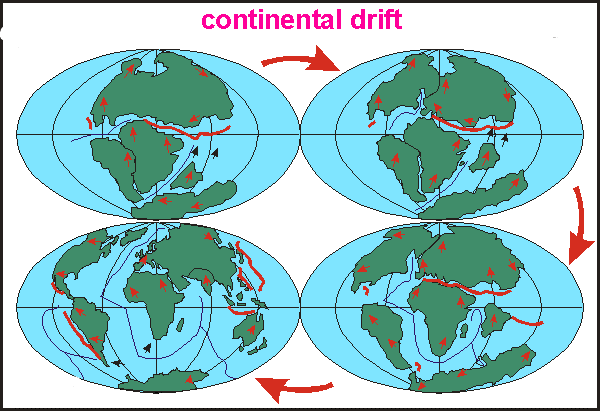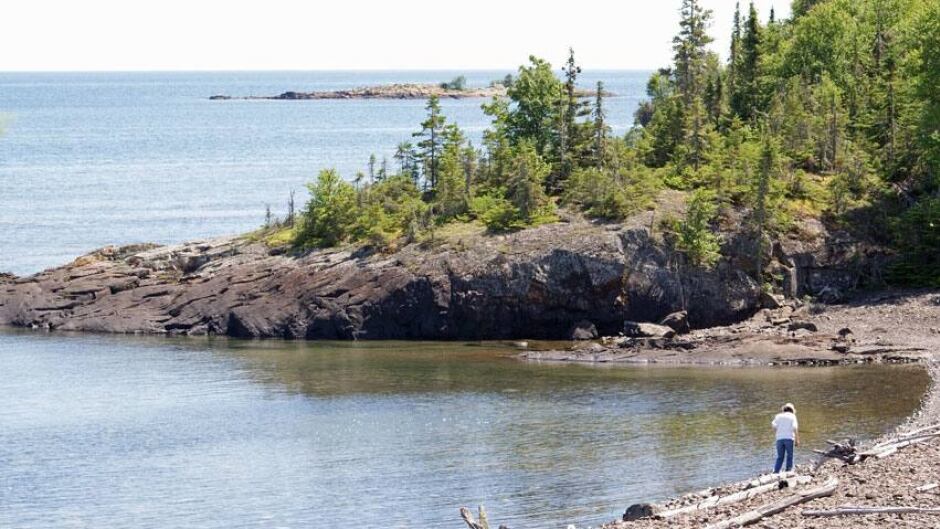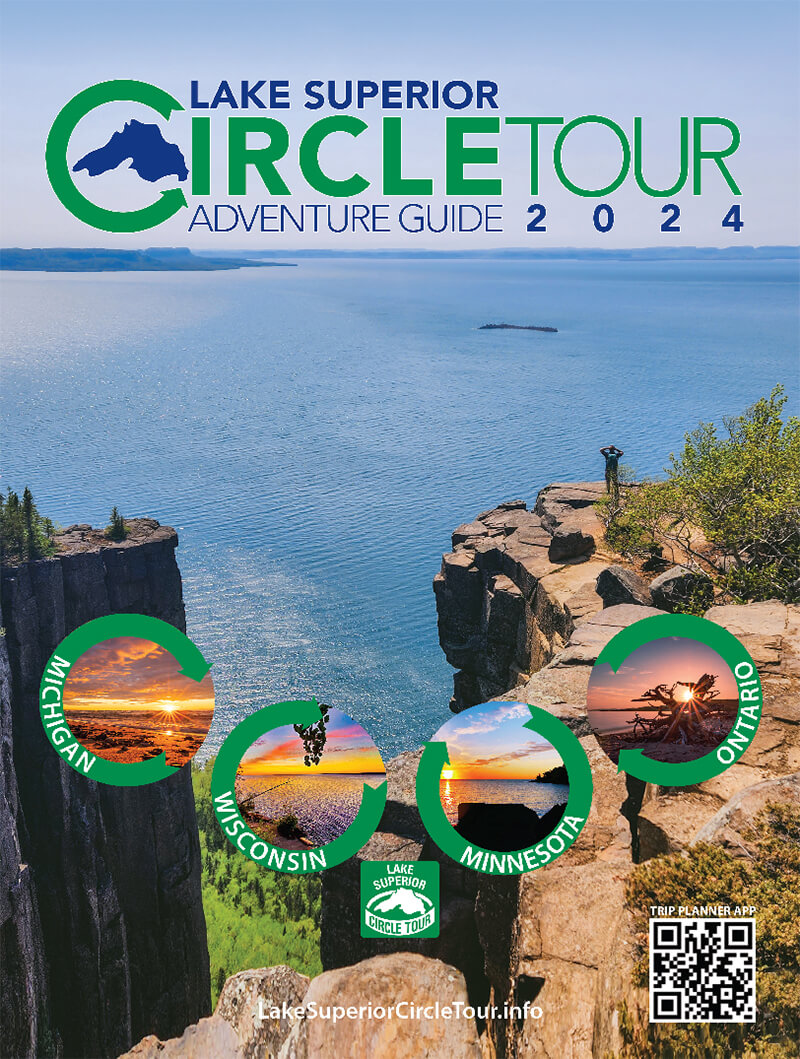Agate History
There is a unique geological history behind the Lake Superior Agate that begins over a billion years ago. What we now know as North America was once a larger continent that we refer to as Laurentia. During the formation of Laurentia, tectonic plates moved greatly, the outcome of this movement resulted in Laurentia splitting apart. Lava erupted through the crust during the split and once it began to settle and cool, gas pocketed in cavities of porous rocks. Overtime, many elements along with water enriched in silica pervaded into these cavities as well. This is what the stripped bands of agates are derived from – layers of different minerals stacked upon each other.

The series of events explained above describe how an agate would come to form, however it would be a few million years until they would be exposed to the surface. This is because Laurentia began to come back together to form North America. In the process, trapping the agates within itself hundreds of meters below. Then came our most recent ice age (which ended over 11,000 years ago) when an agate would reach closer to the surface. What we now know as Canada and the United States was covered by a massive glacier known as the Laurentide Ice Sheet. This glacier began to shift up further North taking volcanic rock along with it. The combination of this incredible natural force of movement and the volcanic rock that dragged along is what formed the Great Lakes, carving out their basins. However an agate would still not be found as they were deeper in the ground.

It would take over a millennium of bed rock erosion to reveal the first agate. As agates began to be revealed, the tides and waves of the Great Lakes brought them to the shores, down rivers, and creeks. Now displaced all over Lake Superior with the help of the waves and current, you can comb beaches to look for the collectable artifacts. They are highly sought after for their marvelous coloration, patterns, and rich historical significance. The popular rich reds and oranges displayed on some Lake Superior agates come from the high amount of iron that enriched the water and created the layers.

Although sometimes a challenge, an agate can often be spotted on beaches all along Lake Superior. They’re identifiable by there deciduate colors and unique striped patterns. While not a guaranteed characteristic, many have smooth glass-like surfaces from being tumbled by the waves along other rocks. Many collectors undergo tumbling processes at home to exhibit their natural beauty.
Agate Characteristics

Agates can be found all over the world and there are thousands of different types. An agate from Lake Superior typically adheres to the following characteristics:
Red, orange, and yellow in color from the high iron concentrates. The iron concentration and amount of oxidation during the formation process is what factors into producing the colors within or between the bands. However, you can find an agate with various other colors.
Most are small, averaging 1 cm in diameter. However, Some Lake Superior agates that are found reach 22 cm in diameter and weigh up to 22 lbs.
Agate Hunting

Best practices for hunting a Lake Superior Agate:
Search for rocks with an iron coloration such as red, orange, and yellow.
Rocks with porous outsides often enclose an agate within them considering they formed in porous rock.
Given the many packed layers of minerals found in an agate, they often feel heavier than a normal rock, they’re dense!
There is quartz within some Lake Superior Agates which gives the stone translucency. If you’re questioning if you have an agate, you can hold it up to the sun (or shine a light through it) to verify.
Popular Agate Hunting Destinations:

Agate Beach is located in Gooseberry Falls State Park in Minnesota’s Lake County.

Agate Island is an island amongst the Lake Superior Archipelago near Nipigon Bay in Ontario’s Superior Country.

Crisp Point Beach located in Paradise, Michigan is a proven destination for prime beach combing.





